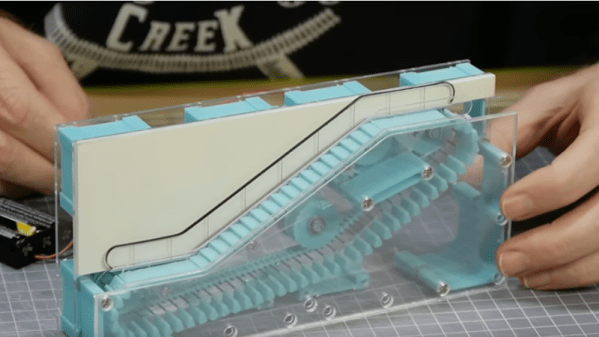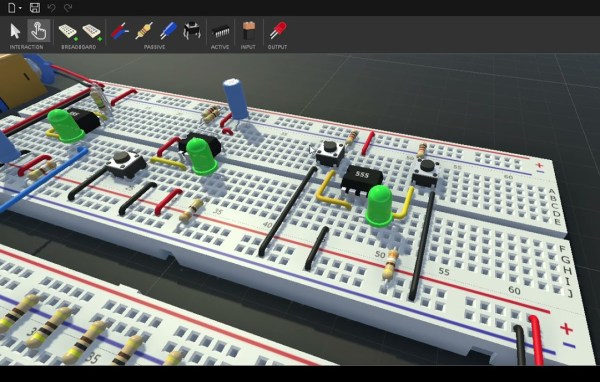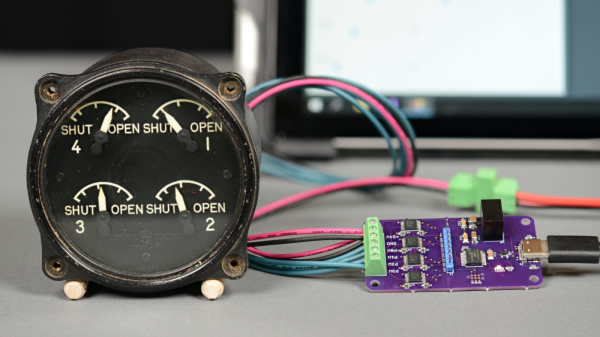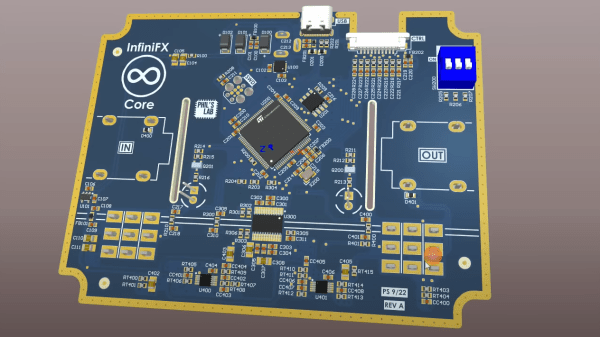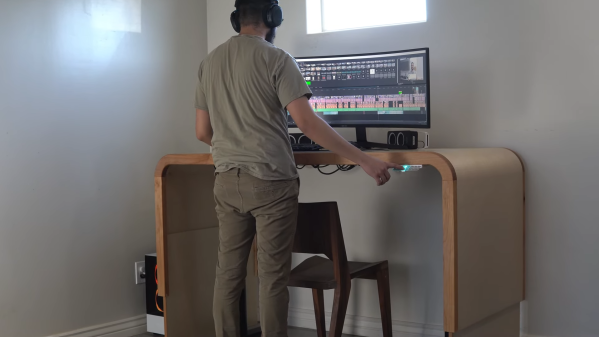[Luke Towan] has a cool HO scale Escalator mostly made of 3D printed parts, with some laser cut acrylic, for a station on his HO model railroad.
Escalators are mesmerizing to watch – there’s something magical about the stairs unfolding at the bottom and folding up at the top. But they’re very hard to model.
[Luke Towan] has done it – his 3D printed version closely resembles the real thing mechanically. Pins are carried around, cantilevered out from a 3D printed chain. A stair swivels on each pin – at the bottom each stair’s free end rests on a ‘bottom’ far enough down for the stairs to be level, while on the incline the ‘bottom’ is just below the pins. It’s a tricky build.
If you like pushing the envelope of what 3D printing can do this is an interesting project, even if you’re not planning to build an escalator. There are lots of tips for making small mechanisms with 3D printing, and for making small mechanisms that work reliably without stuttering.
He’s not the first to build an escalator. Back in 2015 we covered this wooden escalator for slinkies, and just recently this 3D printed version from [AlexY].

